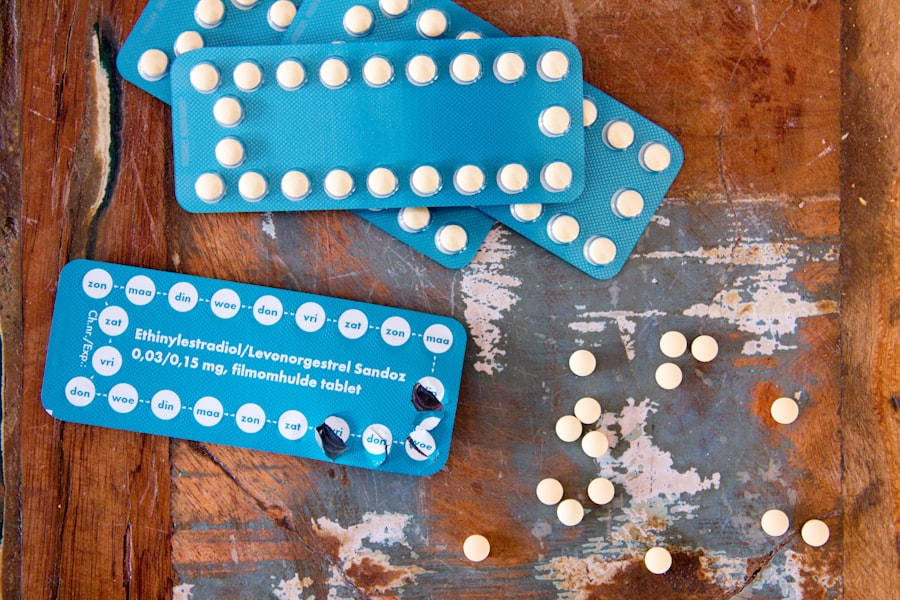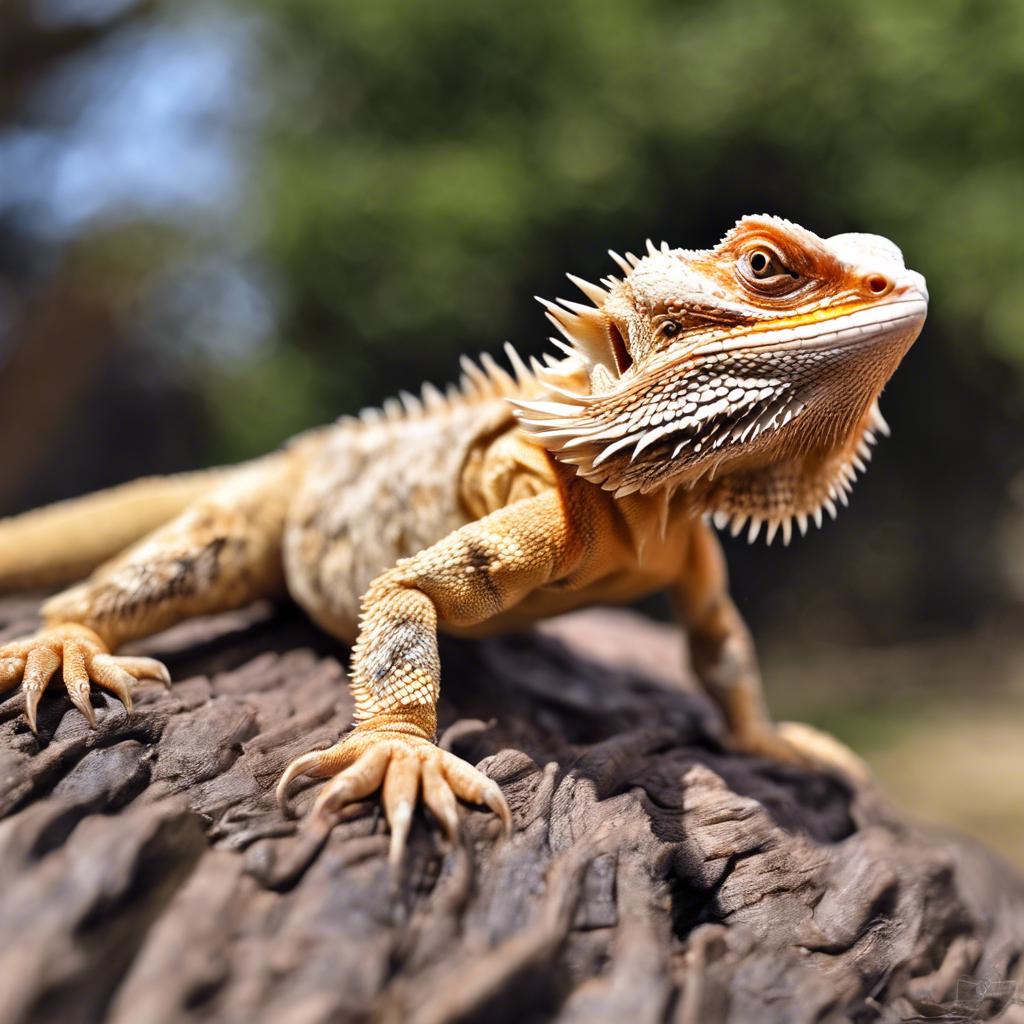Bearded dragons are popular reptile pets known for their unique appearance and docile nature. These fascinating creatures make great companions for reptile enthusiasts of all ages. However, like any pet, bearded dragons can experience health issues that require attention and care. In this article, we will explore common health issues that bearded dragons may face, with a focus on bleeding from the anus.
Key Takeaways
- Bearded dragons are a popular species of reptile that require proper care and attention to maintain good health.
- Bleeding from the anus is a common symptom that may indicate a variety of health issues.
- Parasites, infections, digestive issues, impaction, trauma, and injury are all potential causes of bleeding from the anus.
- Proper hygiene, nutrition, and veterinary care are essential for preventing and treating health issues in bearded dragons.
- Temperature, lighting, humidity, substrate choices, and potential hazards should all be considered when creating a safe and healthy environment for bearded dragons.
Understanding the Symptoms
Bleeding from the anus is a concerning symptom that should not be ignored. It can be a sign of various underlying health issues in bearded dragons. In addition to bleeding, other symptoms may accompany this condition, such as lethargy or loss of appetite. It is important for pet owners to be able to identify these signs and seek appropriate veterinary care.
Causes of Bleeding from the Anus
There are several potential causes of bleeding from the anus in bearded dragons. One common cause is parasites and infections. Parasites such as pinworms or coccidia can cause irritation and inflammation in the digestive tract, leading to bleeding. Infections, such as bacterial or fungal infections, can also result in bleeding.
Digestive issues and impaction can also lead to bleeding from the anus. Bearded dragons have a unique digestive system that requires proper care and attention. If they consume inappropriate or indigestible items, it can cause blockages or impaction in their intestines, leading to bleeding.
Trauma or injury is another possible cause of bleeding from the anus in bearded dragons. Accidents or rough handling can result in internal injuries that manifest as bleeding. It is important to handle these delicate creatures with care to prevent any harm.
Prevention and Treatment
Prevention is key when it comes to maintaining the health of your bearded dragon. Proper hygiene and sanitation are essential to prevent infections that can lead to bleeding from the anus. Regular cleaning of their enclosure and providing a clean environment will help minimize the risk of infections.
Nutritional requirements are also crucial for preventing digestive issues and impaction. Bearded dragons require a balanced diet that includes a variety of insects, vegetables, and fruits. Providing the appropriate nutrients and avoiding excessive amounts of certain foods can help prevent digestive problems.
If your bearded dragon does experience bleeding from the anus, it is important to seek veterinary care immediately. A veterinarian will be able to diagnose the underlying cause and provide appropriate treatment. This may include medications to address infections or parasites, as well as supportive care to help your pet recover.
Handling and Care
Proper handling techniques are essential for the well-being of your bearded dragon. These creatures can become stressed or injured if mishandled. When picking up your bearded dragon, it is important to support their body properly and avoid squeezing or dropping them. Gentle and confident handling will help them feel secure and reduce the risk of injury.
In addition to handling, providing the right living conditions and habitat is crucial for their overall health. Bearded dragons require a spacious enclosure with appropriate temperature and lighting. They also need hiding spots and climbing structures to mimic their natural habitat. Regular health check-ups with a reptile veterinarian are recommended to catch any health issues early.
Diet and Nutrition

A proper diet is essential for the health of your bearded dragon. These reptiles require a balanced diet that includes a variety of insects, vegetables, and fruits. Insects such as crickets, mealworms, and dubia roaches should make up the majority of their diet, while vegetables and fruits should be offered in smaller amounts.
It is important to provide nutritional supplements to ensure that your bearded dragon is getting all the necessary vitamins and minerals. Calcium supplementation is particularly important to prevent metabolic bone disease, a common health issue in bearded dragons.
Avoiding common dietary mistakes is also crucial. Feeding your bearded dragon inappropriate foods or overfeeding can lead to digestive issues and obesity. It is important to research and understand their dietary needs to provide them with a healthy and balanced diet.
Common Health Issues
Bearded dragons are prone to certain health issues that pet owners should be aware of. Respiratory infections and diseases are common in bearded dragons, especially if they are kept in improper conditions. These infections can cause symptoms such as wheezing, coughing, or difficulty breathing.
Metabolic bone disease is another common health issue in bearded dragons. This condition occurs when they do not receive enough calcium in their diet, leading to weak bones and deformities. Providing a calcium-rich diet and proper UVB lighting is essential for preventing this disease.
Skin problems and infections can also occur in bearded dragons, especially if their enclosure is not kept clean. Poor hygiene can lead to bacterial or fungal infections, resulting in skin issues such as redness, swelling, or sores.
Behavioral Concerns
Bearded dragons, like any pet, can exhibit certain behavioral concerns that need to be managed. Aggression and territorial behavior can be observed in some individuals, especially during breeding season. Proper socialization and handling techniques can help manage these behaviors and ensure the well-being of your pet.
Signs of stress and anxiety should also be monitored in bearded dragons. These signs may include loss of appetite, hiding, or excessive aggression. Providing a comfortable and secure environment, as well as regular interaction with their owners, can help reduce stress levels.
Socialization with other pets is also important for the mental well-being of your bearded dragon. They can benefit from supervised interactions with other reptiles or animals to prevent loneliness and boredom.
Environmental Factors
Creating the right environment for your bearded dragon is crucial for their health and well-being. Temperature and lighting requirements must be met to ensure proper digestion and metabolism. Bearded dragons require a basking spot with temperatures around 95-105°F and a cooler area around 75-85°F. UVB lighting is also essential for their calcium metabolism.
Humidity levels and substrate choices are important considerations to prevent respiratory issues. Bearded dragons require a relatively low humidity environment, around 30-40%. Using appropriate substrates, such as reptile carpet or paper towels, can help maintain proper humidity levels and prevent respiratory problems.
It is important to be aware of potential hazards and dangers in your bearded dragon's environment. Toxic plants, chemicals, or sharp objects should be avoided to prevent injuries or poisoning. Regularly inspecting their enclosure for any potential hazards is essential for their safety.
In conclusion, caring for a bearded dragon requires attention to their unique needs and potential health issues. Bleeding from the anus is a concerning symptom that should not be ignored, as it can indicate underlying health problems. Prevention through proper hygiene, nutrition, and handling techniques is key to keeping your bearded dragon healthy. Regular veterinary care and monitoring are essential to catch any issues early and provide appropriate treatment. By providing the right environment, diet, and care, you can ensure the well-being of your beloved bearded dragon companion.
If you're concerned about your bearded dragon experiencing bleeding from the anus, it's important to seek immediate veterinary attention. However, if you're looking for more information on reptile health and care, Reptile Wizard has a comprehensive blog that covers various topics related to reptile keeping. One article that may be of interest is “Can Bearded Dragons Die from Stress?” which discusses the potential effects of stress on these beloved pets. To learn more about this topic, you can read the article here.
FAQs
What causes a bearded dragon to bleed from the anus?
There are several possible causes of bleeding from the anus in bearded dragons, including parasites, constipation, injury, or a bacterial infection.
What are the symptoms of a bearded dragon bleeding from the anus?
Symptoms of bleeding from the anus in bearded dragons may include blood in the stool, lethargy, loss of appetite, and difficulty defecating.
How is bleeding from the anus in bearded dragons diagnosed?
A veterinarian will perform a physical examination and may recommend blood tests, fecal exams, or imaging tests to diagnose the underlying cause of bleeding from the anus in bearded dragons.
What is the treatment for bleeding from the anus in bearded dragons?
Treatment for bleeding from the anus in bearded dragons will depend on the underlying cause. Treatment may include medication to treat parasites or bacterial infections, changes in diet or hydration, or surgery in severe cases.
Can bleeding from the anus in bearded dragons be prevented?
Preventing bleeding from the anus in bearded dragons involves maintaining proper hygiene, providing a balanced diet, and ensuring proper hydration. Regular veterinary check-ups can also help detect and prevent potential health issues.

